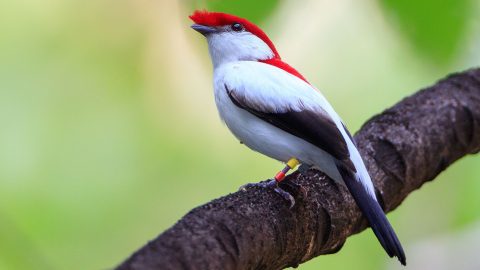Old-Growth Is Great, But Here’s Why We Need New-Growth Forests, Too
By Scott Weidensaul
Photo by Kelly Triece. March 28, 2018From the Spring 2018 issue of Living Bird magazine. Subscribe now.
If there’s been a central, unquestioned tenet of bird conservation in the past quarter-century, it’s been the absolute importance of large, intact tracts of mature woodland. As populations of species such as Wood Thrush, which evolved to nest deep in the interior of mature woodlands, have continued to fall for decades, the remedy for reversing those declines seemed straightforward: To save forest birds, protect and restore the unfragmented forest they need to successfully nest.
But a growing number of conservation biologists, citing a rapidly expanding body of science, say the opposite is also true—that logging can be essential to creating bird habitat.
Cutting down trees to help birds sounds heretical. And the science clearly shows that intact forests are critical for interior-nesting species like Worm-eating and Cerulean Warblers, and Scarlet Tanagers. Ample research has documented the hazards to these birds when the woods become fragmented, such as more pressure from so-called edge predators like raccoons and opossums.
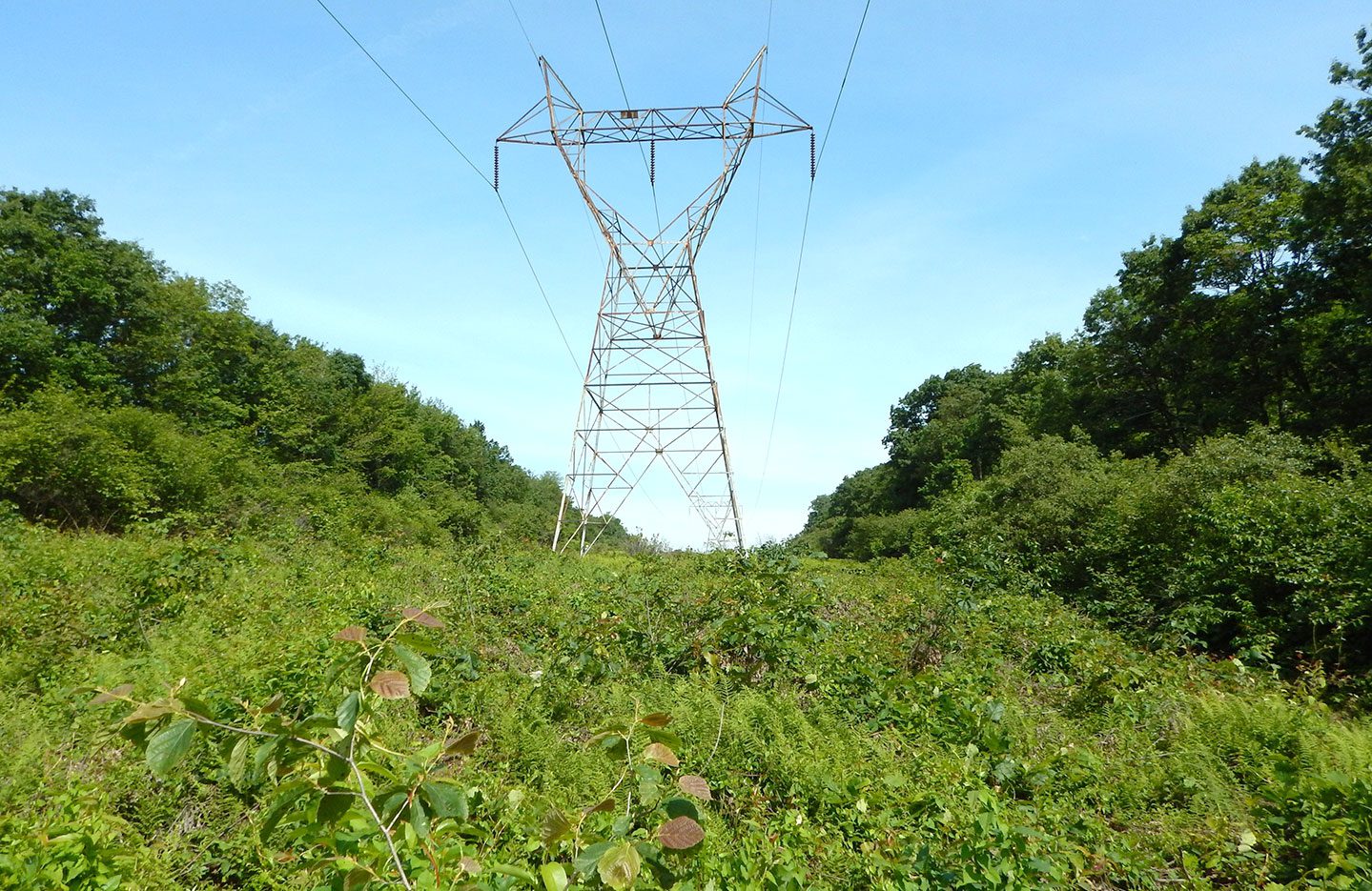
But early successional forests—those dense, tangled thickets of young saplings, fruit-bearing shrubs, and vines—represent some of the most-needed bird habitat today, and they are largely missing from many landscapes. In presettlement times, young forests were spawned by natural sources of disturbance like windstorms, hurricanes, and fire that leveled standing trees and reset the successional clock. Then from the late 19th through the mid-20th centuries, after the waves of European settlement, landscapes in the East and Midwest were full of old, abandoned farm fields and regenerating clearcuts that provided millions of acres of early successional habitat for Chestnut-sided Warblers and box turtles, Field Sparrows and hognose snakes.
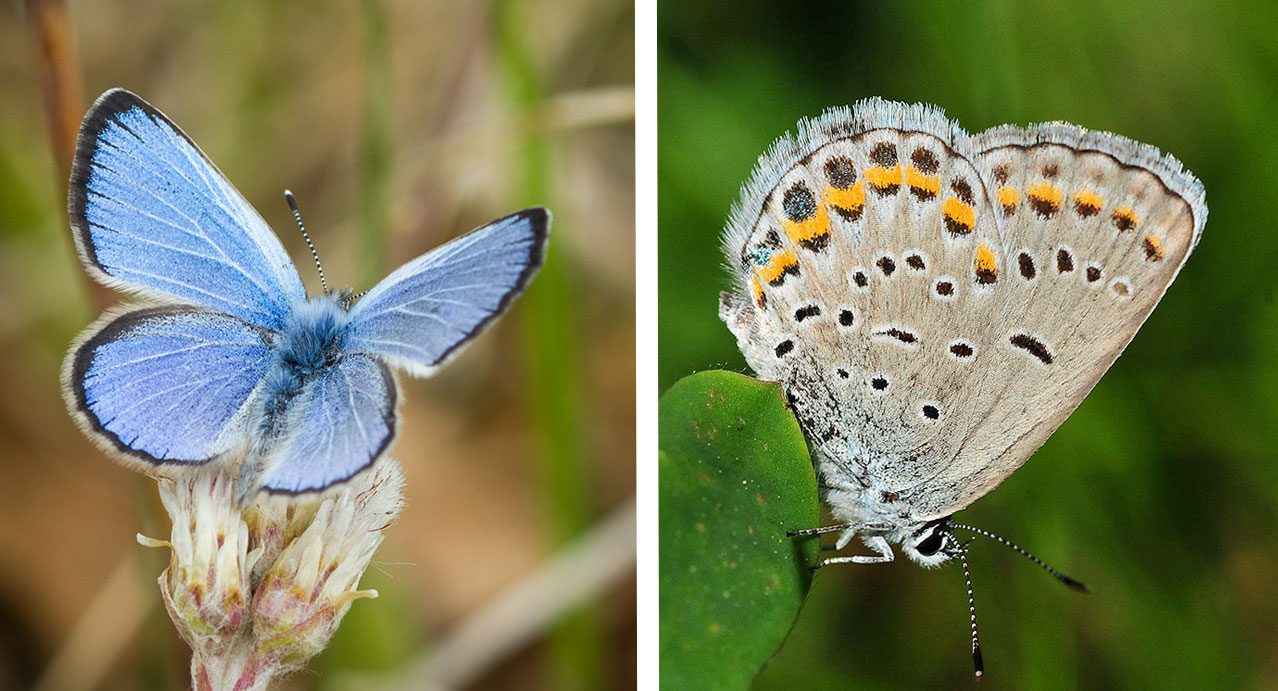
Today the natural forces of fire and wind have been dampened by human intervention and the fragmented nature of the landscape, with a lot of land permanently cleared for farming and development. Much of the forest that remains is middle-aged with striking uniformity, and little of the structural complexity from layered understories, snags, and downed logs that promotes biodiversity. True “old-growth” forest that survived the 19th century logging boom accounts for a fraction of one percent of the landscape in the East.
Scientists are just now coming to realize how critical young forest is for a host of species, but they are also realizing how little of it remains. Much of today’s early successional habitat comes in the form of accidental scraps, such as utility right-of-way strips where shrubby thickets grow up in the shadows of electricity transmission lines.
But a broad bird conservation coalition—from game-bird-focused groups like the Ruffed Grouse Society, the National Wild Turkey Federation, and the Wildlife Management Institute, to state and federal wildlife agencies, to the classic bird groups like the Cornell Lab of Ornithology and various Audubon chapters—is bringing early successional forest back to the landscape. One of their biggest obstacles, however, is the lingering notion among the general public that logging is bad for birds.
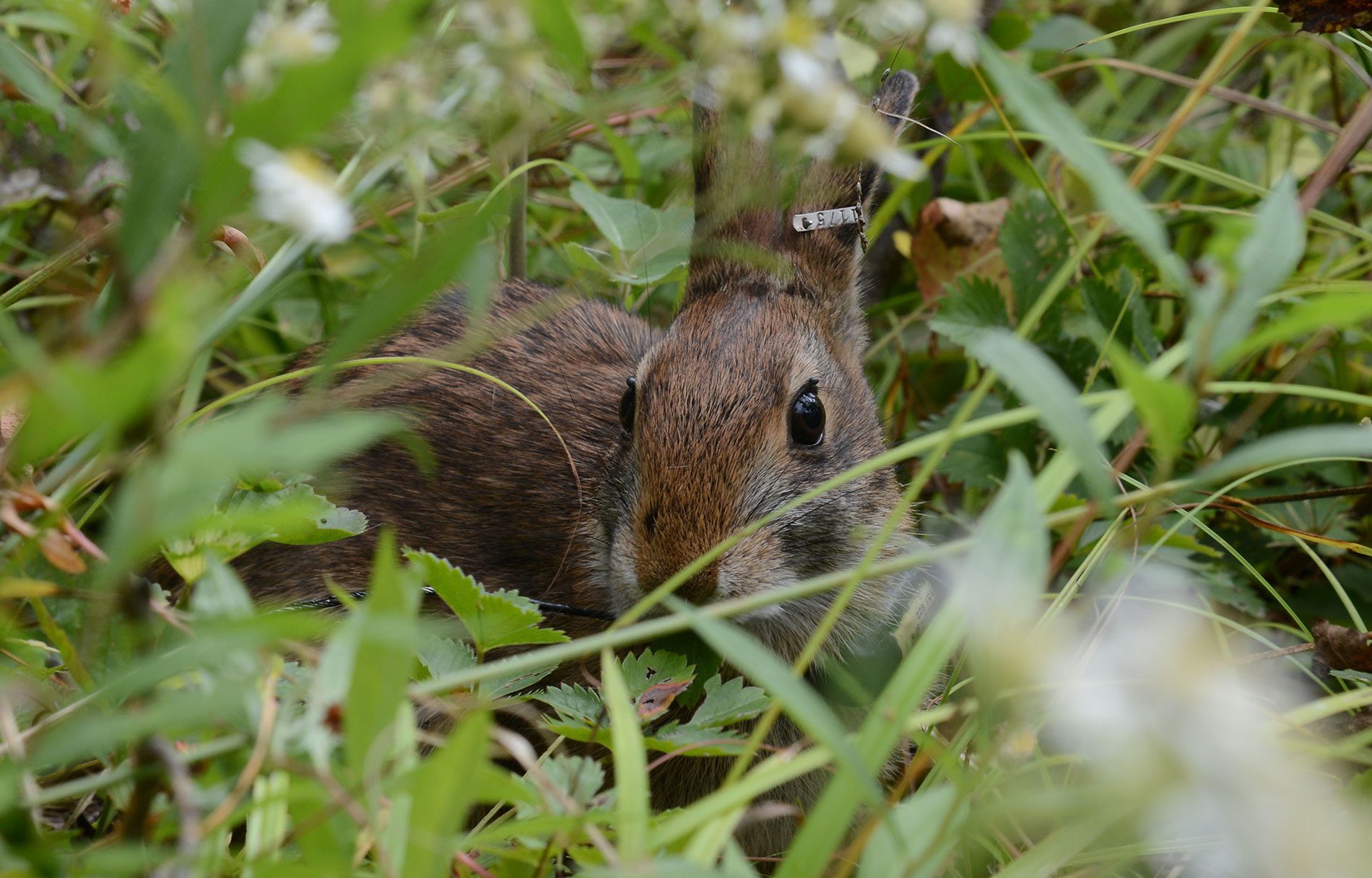
Forest Complexity Creates Habitat for Species
In late 2016, the U.S. Fish and Wildlife Service took the first step toward creating a landscape-scale refuge dedicated to early successional habitat that could someday stretch across six states.
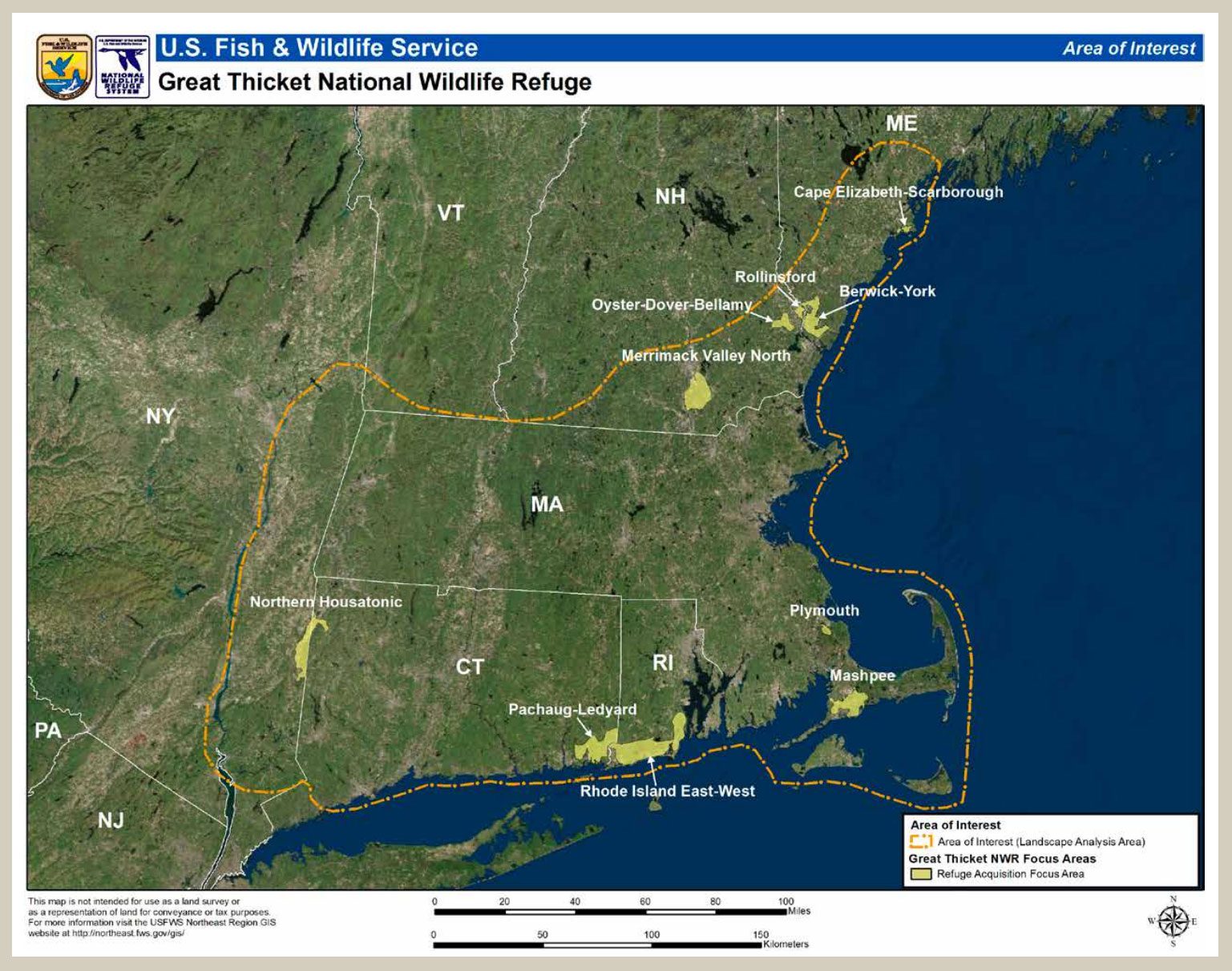
The Nature Conservancy in New York donated a 144-acre parcel that became the first piece in the Great Thicket National Wildlife Refuge, expected to eventually encompass 15,000 acres all the way to Maine. The Great Thicket is one of the largest conservation efforts in the nation, according to USFWS representatives, driven by habitat concerns for declining populations of birds like Eastern Whip-poor-wills, shrubland butterflies like Hessels’ hairstreak, and the rare New England cottontail.
Crucial as young forests may be, though, biologists say they are only part of the equation. The best bird habitats contain a mix of forests both young and old. Variety—in this case, habitat variety—is the spice of life for birds.
“If you don’t have a diversity of all forest age classes and structural conditions, whether for a Golden-winged Warbler, a Cerulean Warbler, Wood Thrush, you name it, you’re going to have less than optimal conditions for any of those species,” said Dr. Jeff Larkin, a wildlife ecologist at Indiana University of Pennsylvania who has worked on forest management strategies for all three of those birds. “It’s the landscape they evolved with, long before we mucked things up.”
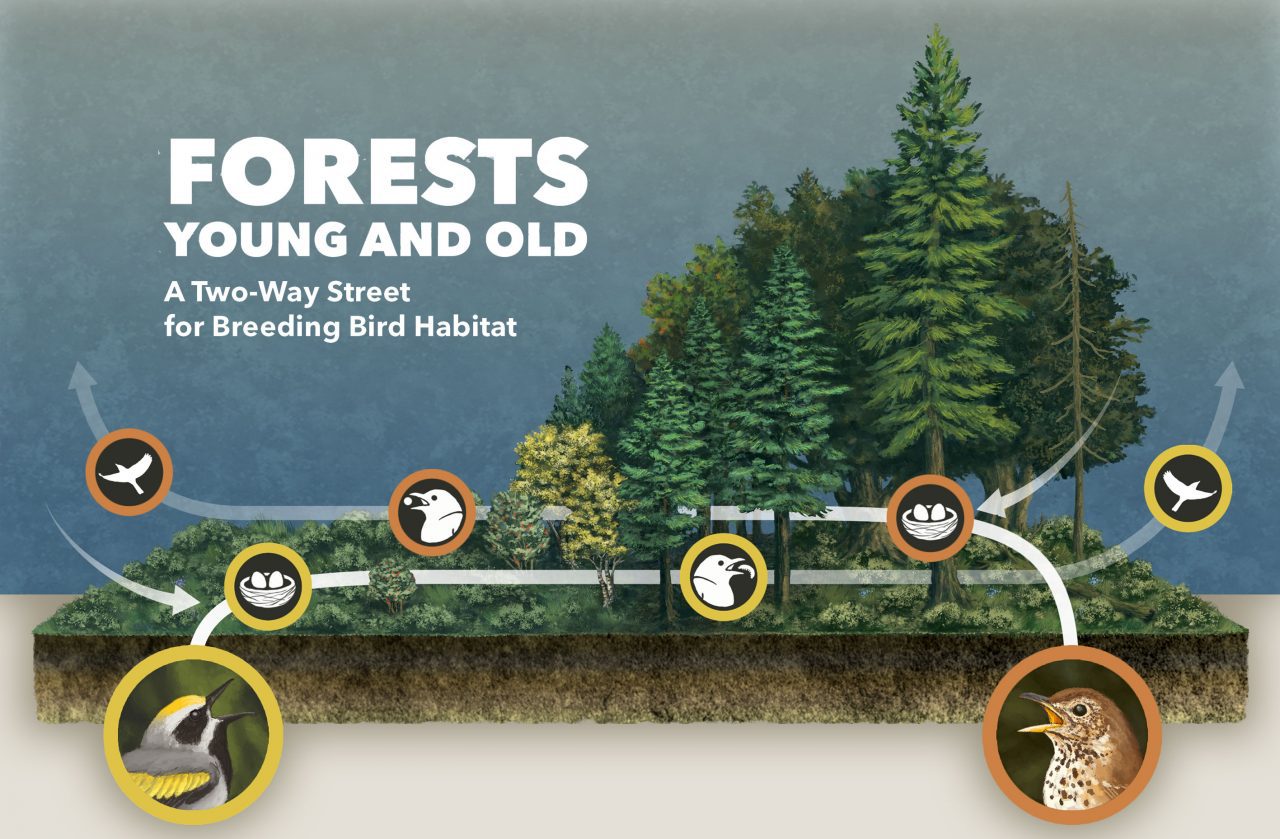
Humans removed thousands of years of forest structural complexity in an orgy of clearcutting in the 19th and early 20th centuries, Larkin said, leaving in its wake a badly altered ecosystem. Today those former clearcuts are forest monocultures of even-aged second-growth, where the trees are generally all the same height and diameter, and there’s little in the way of understory shrubs and plants on the forest floor. The lack of tree diversity leaves forest stands extremely vulnerable to invasive pests. For example, ash-dominant woodlands can be mowed down by emerald ash borer beetles.
The loss of young woodland is an issue across the hardwood forests of the East and Midwest, but the issue has gained particular traction in the Northeast and mid-Atlantic because those regions are home to a couple of high-profile declining species that depend on thickets and shrublands. In 2006, the once-abundant New England cottontail was proposed for federal Endangered Species Act listing because it had grown so rare. That proposal galvanized research and on-the-ground management to create young forest, with such success that the rabbit was dropped from the candidate list in 2015.
Another young-forest poster child, the Golden-winged Warbler, has experienced some of the steepest population declines of any songbird. Golden-wings happen to have a habitat kinship with the game birds that hunters like to stalk, which has opened the opportunity for the Cornell Lab to partner with the Ruffed Grouse Society and the National Wild Turkey Federation on forest management projects.
“One of the things I’ve found most gratifying about working in young forest systems is that a lot of the management techniques that are good for nongame birds like Golden-winged Warblers are also almost automatically good for a suite of game species,” said Ron Rohrbaugh, assistant conservation science director at the Cornell Lab. “Woodcock [habitat] fits almost hand-in-glove with Golden-winged and Blue-winged Warblers.”
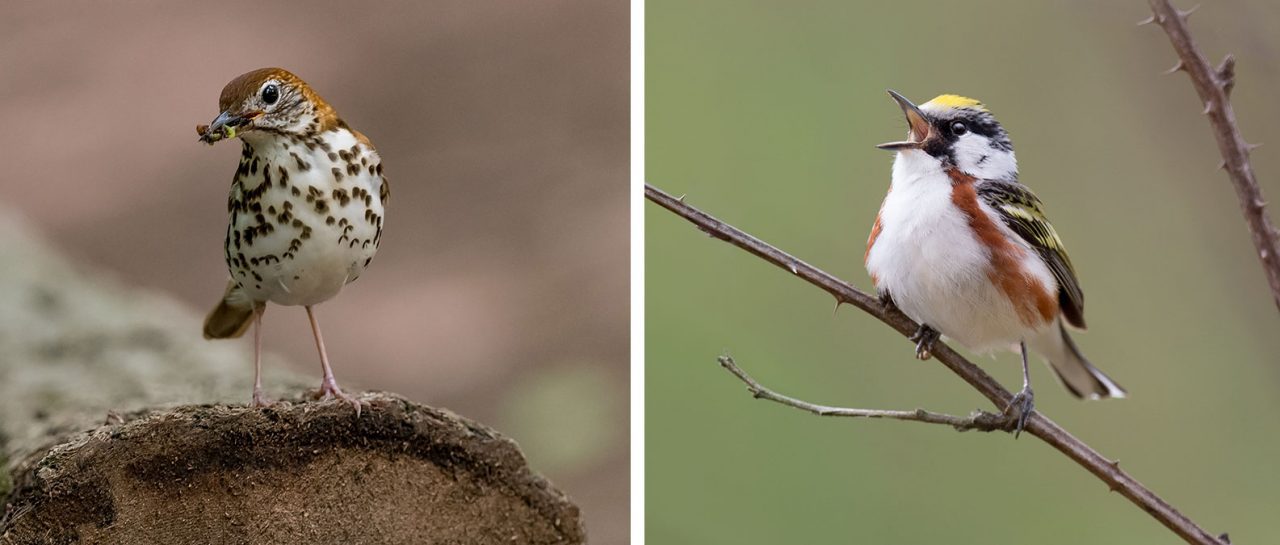
Ornithologists have also recently discovered that early successional habitats can benefit the birds most closely associated with big, mature woodlands. Starting in the late 1990s, biologists began tracking where the chicks of deep-forest birds, such as Wood Thrushes and Ovenbirds, went after they left their nests. To their surprise, in the weeks and months before fall migration, the chicks and adults alike were moving into thickets, shrublands, and regenerating clearcuts—the kind of “edge” habitat that was thought to be anathema to these birds, but that provides lots of food like the late-summer fruit essential for laying on premigratory fat.
“We’re finding that where young forest is available, birds like Wood Thrush are using it,” said Rohrbaugh, who also chairs the International Wood Thrush Conservation Alliance. “Adults are moving their fledglings in those areas to bulk up on all the energy that’s provided there.”
“That could partially explain why these birds are not doing well,” he continued, noting that the dearth of early successional habitat may be impacting young-of-the-year thrushes that are looking to stock up on energy to survive their first fall journey thousands of miles south to Central America. “They’re breeding, they’re producing young, but are those young birds energetically prepared for the long migration they’re about to undertake?”
What’s more, researchers have found that classic young-forest specialists like Golden-winged Warblers move their chicks into or through older woodlands soon after the babies leave the nest. Forests young and old offer a two-way street of habitat cross-pollination that no one had suspected.
Larkin says that the ideal landscape, from a nesting songbird’s perspective, would contain blocks of old, structurally complex forest—lots of small light gaps to mimic natural treefalls, lots of dead snags, live trees of various ages including some very old specimens, and an abundance of downed logs. All of that should be fairly close to areas of dense young growth in the form of small, irregular polygons of thicket cover (to mimic the patchiness of forest fires and windthrow), not big blocks of industrial clearcut.
“The importance of having a diversity of age classes is becoming more widely understood, but that means all age-class diversity,” said Mike Burger, director of conservation and science for Audubon New York.
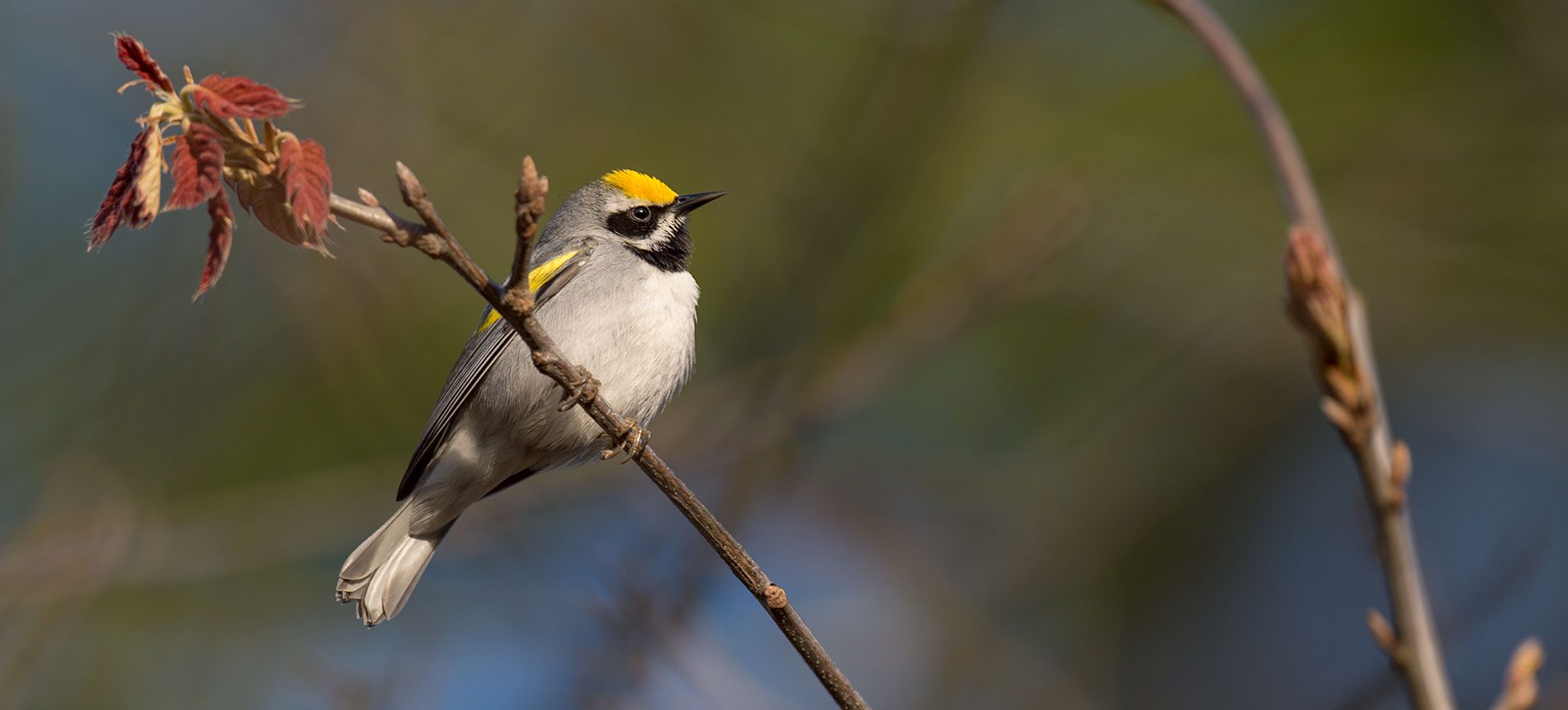
Needed: Early Successional Habitat
Overall, specialists say that a healthy forested landscape should include roughly ten percent of young woodlands.
In the upper Great Lakes—Wisconsin, Minnesota, and northern Michigan—young forest may already account for 15 to 25 percent of the landscape, due to industrial forestry, aspen cutting, and alder wetlands that naturally perpetually remain in an early successional stage. Not surprisingly, that’s where species like Golden-winged Warblers seem to be doing best.
In the Appalachians, on the other hand, the amount of early successional forest may be less than 2 percent in many areas. Rohrbaugh says it is likely not a coincidence that in this region Golden-winged Warbler populations have declined as much as 98 percent.
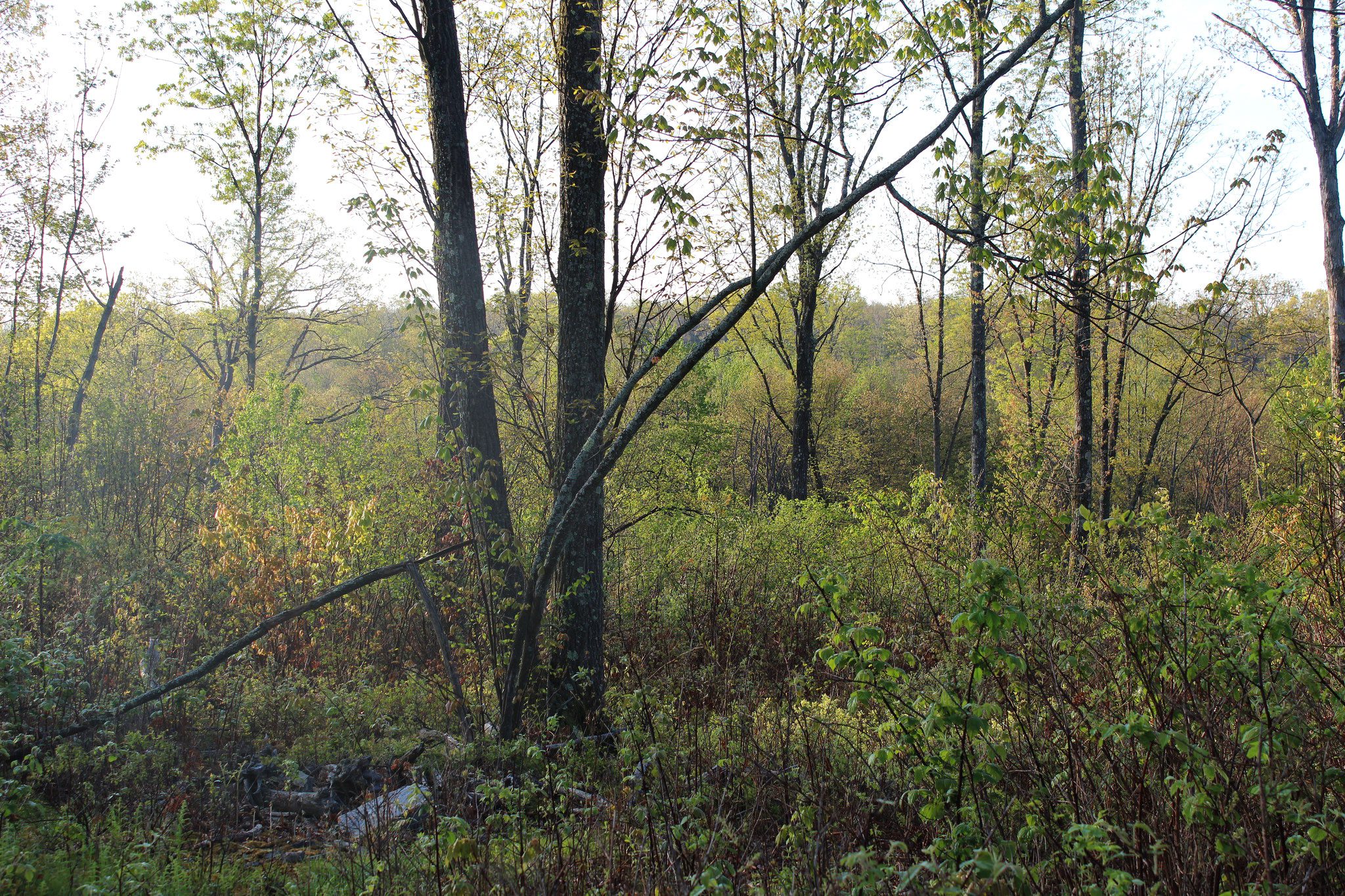
Young stands are about 6 or 7 percent of the forest cover in New Hampshire, according to Jim Oehler, a state lands biologist with the state’s fish and game department. Oehler has spent his entire 20-year career working on early successional habitat.
“We’ve been making headway, but it’s difficult, especially when you’re talking about southern New Hampshire, where the landscape is so parcelized, broken up into smaller and smaller ownership over time,” he said. He says that making a big, landscape-scale difference means coordinating with many small property owners and family woodlots, convincing folks to create thicket habitat on their own private land.
Some states have laid out ambitious goals for public land. In 2015 New York’s Department of Environmental Conservation launched a Young Forest Initiative to create early successional habitat on 12,000 acres, or 10 percent of forested land in the state’s wildlife management areas system. Currently though, only about 3 percent of wildlife-management-area land is in the early successional stage, according to Sandy Van Vranken, a wildlife biologist in the New York DEC’s land management and habitat conservation unit. The state hopes to hit 10 percent by 2030. Audubon New York is supportive of the state’s young forests goal, Burger said.
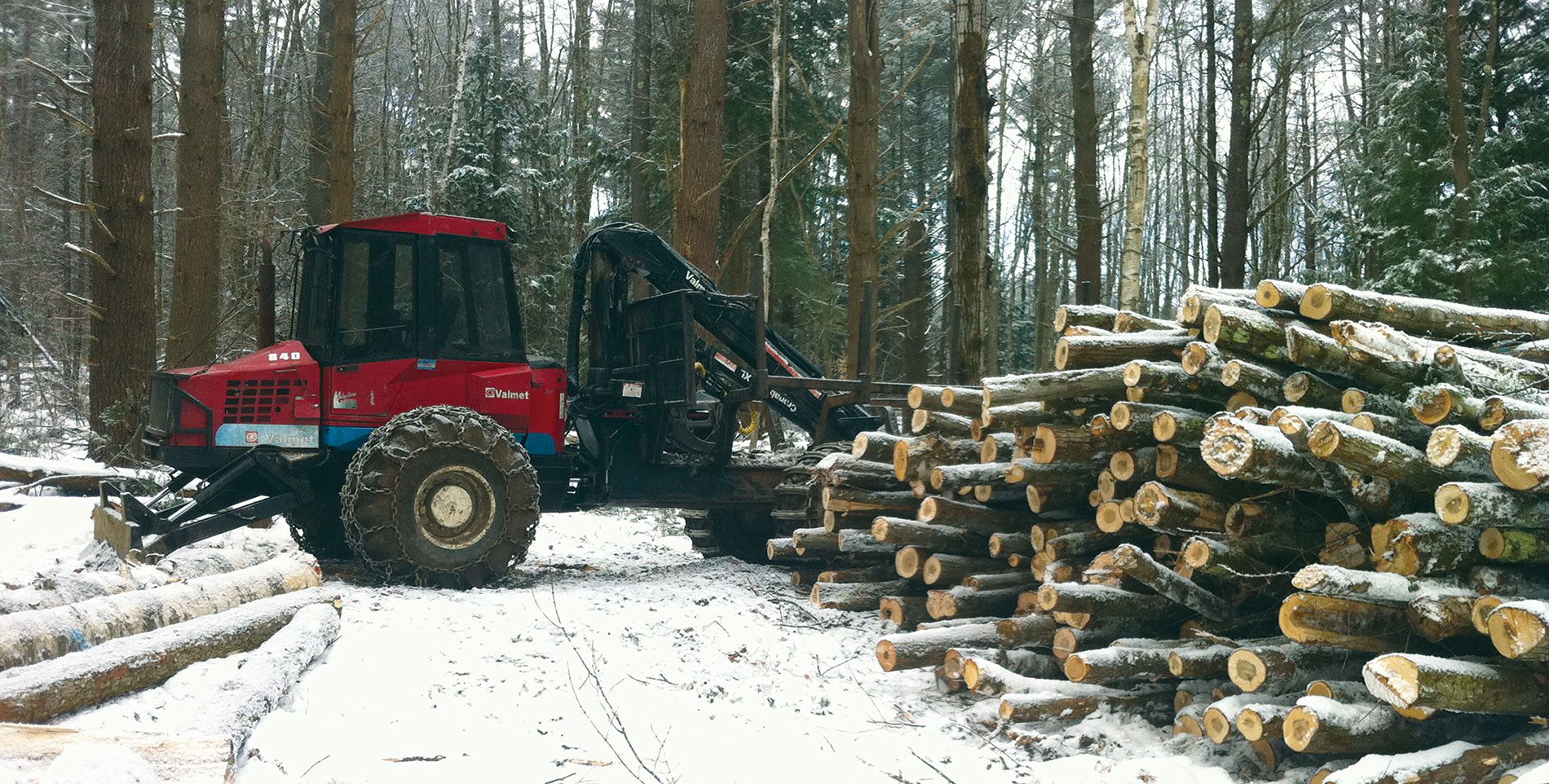
The Logging Controversy: Destruction or Creation?
In most cases, creating young forest means firing up chain saws—not always a popular move with the public. In some parts of the East, there is deeply ingrained hostility to actively managing forests.
“This really comes to a head in certain places, and the New England states are a good example,” Rohrbaugh said. “In Vermont, it’s very difficult to cut trees. You get protesters coming out, environmental organizations suing the state agency, and in some cases the federal government, [for] overcutting.”
While many biologists say there has been remarkably little public pushback on the need to expand the amount of young forest, there are exceptions. And the Sparta Mountain Wildlife Management Area in northern New Jersey is a glaring one.
At Sparta, habitat management became a legal flashpoint when a plan to create several hundred acres of early successional habitat was derailed by opposition from local activists and some environmental organizations. Opponents characterized the plan variously as a money-grubbing timber grab, a giveaway to grouse hunters, or an attempt to help “field birds” over woodland species.
The fight left New Jersey Audubon vice president for stewardship John Cecil feeling bruised and wondering how the dispute could have been avoided. New Jersey Audubon (which is independent of National Audubon Society) developed the forest plan in concert with the state and a variety of stakeholders.
But the plan is now in limbo as a lawsuit against the New Jersey Division of Fish and Wildlife wends its way through the courts, and a new governor may further change the political dynamics.
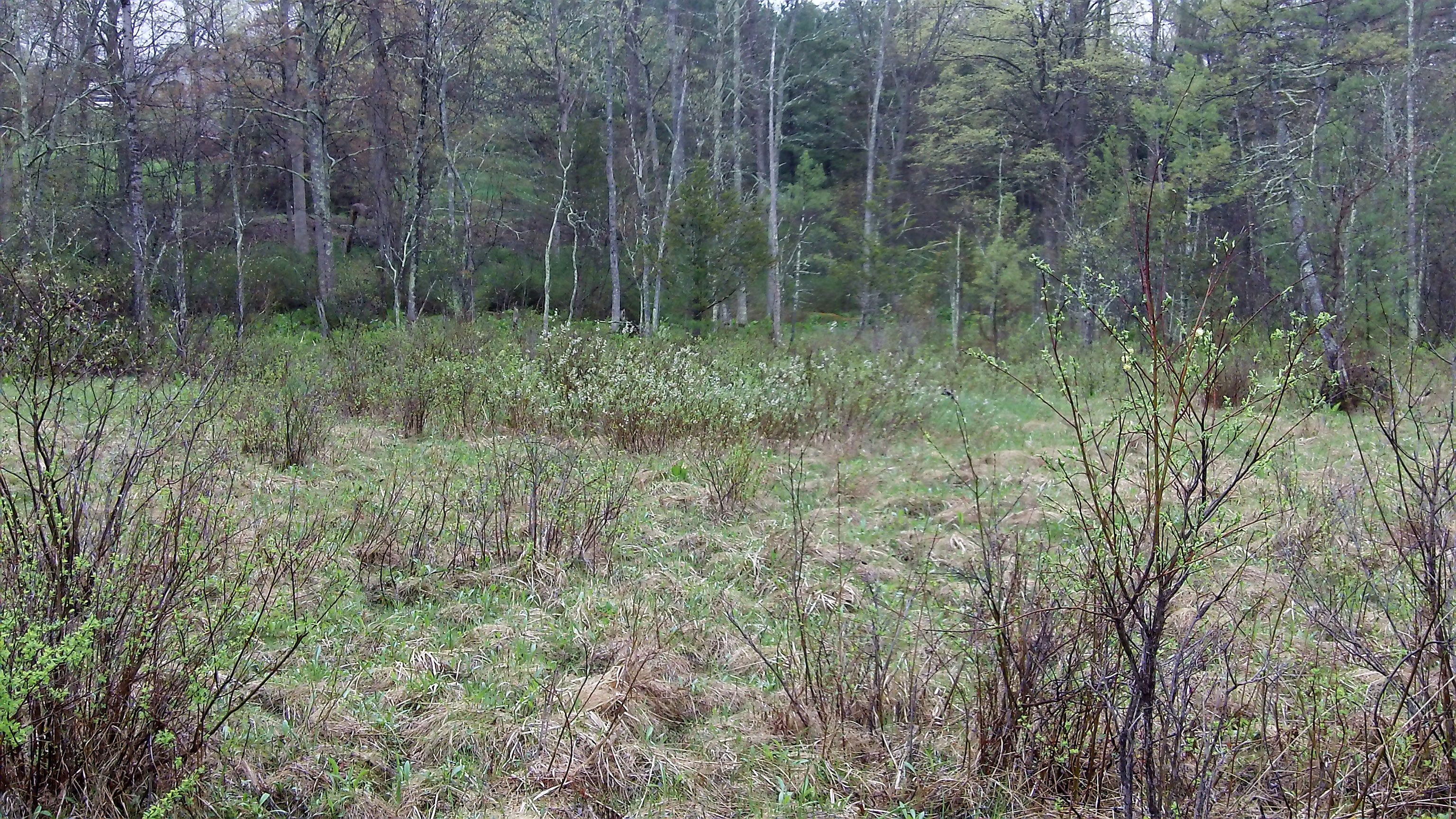
Overlooked in the controversy over logging to create young forest, Cecil said, were elements of the plan that would have enhanced equal areas of middle-aged forest, to let it function more like old-growth with coarse woody debris and tiny light gaps, as well as wetland improvements aimed at helping Cerulean Warblers. Fundamentally, he said, the Sparta Mountain dispute is emblematic of how Americans have lost sight of the ways in which forests naturally function.
“At least in the eastern U.S., there’s a segment of the diversity of wildlife and plants that are really dependent on disturbance. And the key point is that, as humans, we are really disconnected from the scale of the disturbance,” Cecil said.
“We don’t have beavers [cumulatively] flooding hundreds of thousands of acres. We don’t have fires across thousands of acres of landscape. We’ve broken it up so the natural systems don’t work the way they did historically,” Cecil said. And he says that while biologists have been planning management actions to create young forests, “we haven’t necessarily brought the public along. In that same time [they’ve] been in their houses poking at their visual devices.”
“It’s hard figuring out how you manage forest at the landscape level by getting around and through some of those bio-political battles,” agrees the Cornell Lab’s Ron Rohrbaugh.
But for the sake of Golden-winged Warblers, Yellow-breasted Chats, Wood Thrushes, and many other species currently locked into unsustainable declining trends, finding a way through those social and legal thickets will be imperative.

All About Birds
is a free resource
Available for everyone,
funded by donors like you
American Kestrel by Blair Dudeck / Macaulay Library
